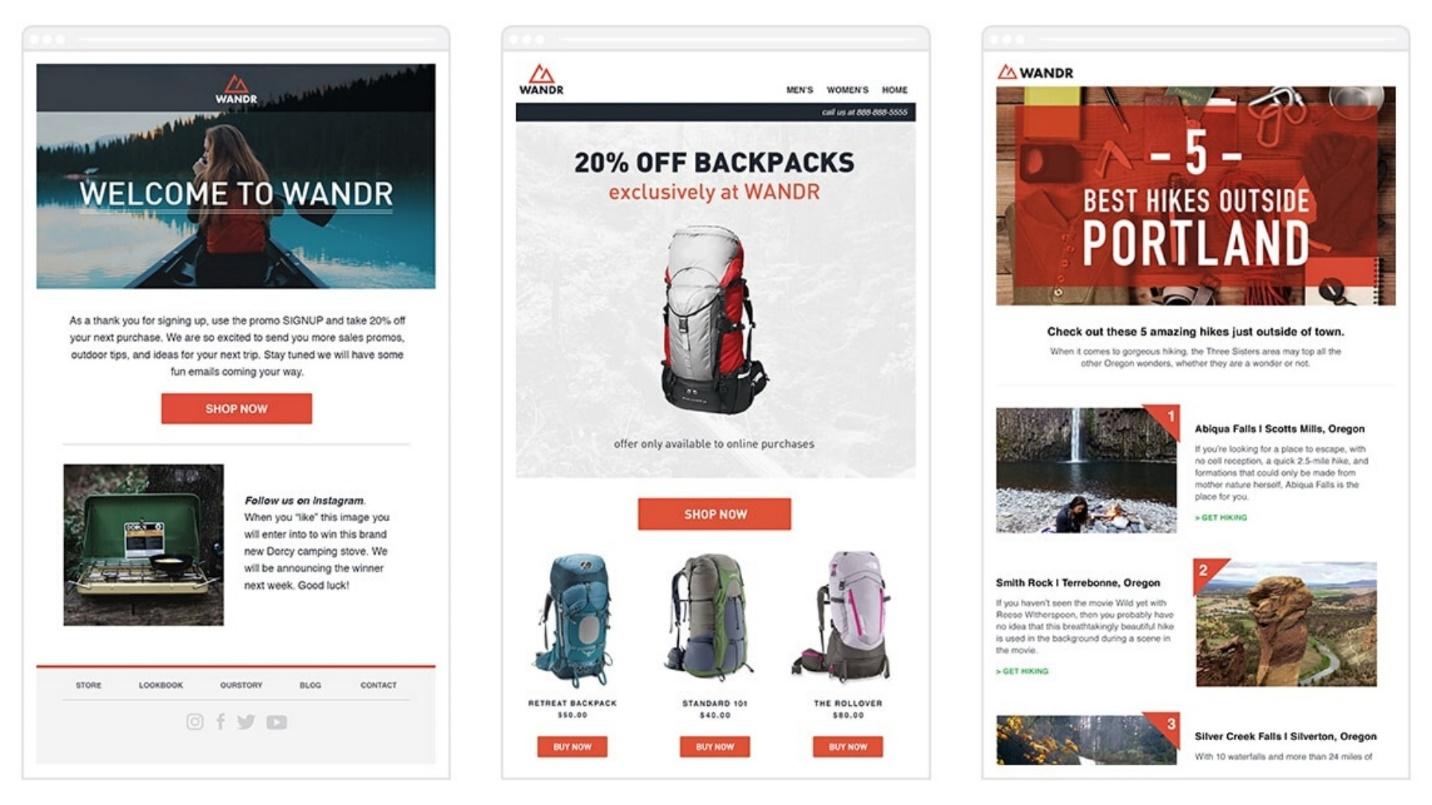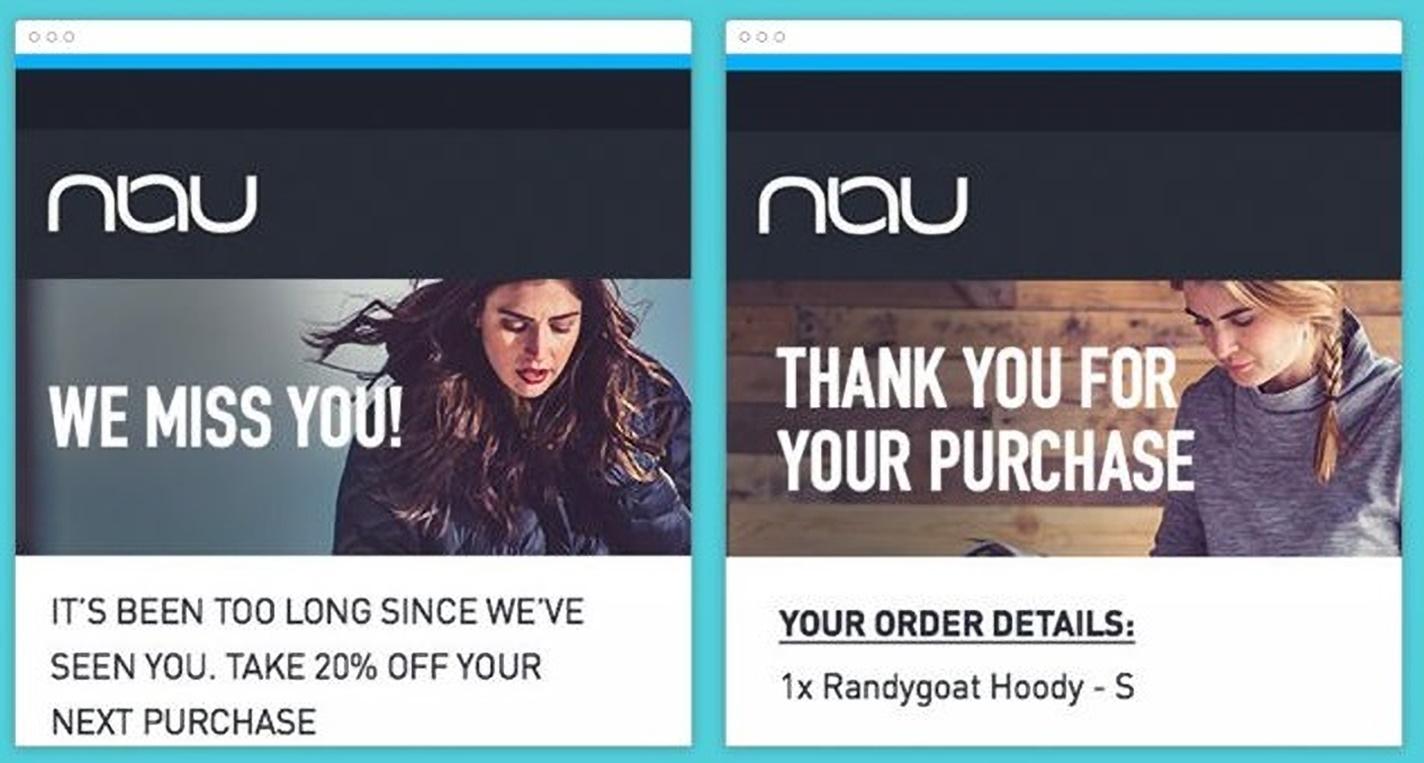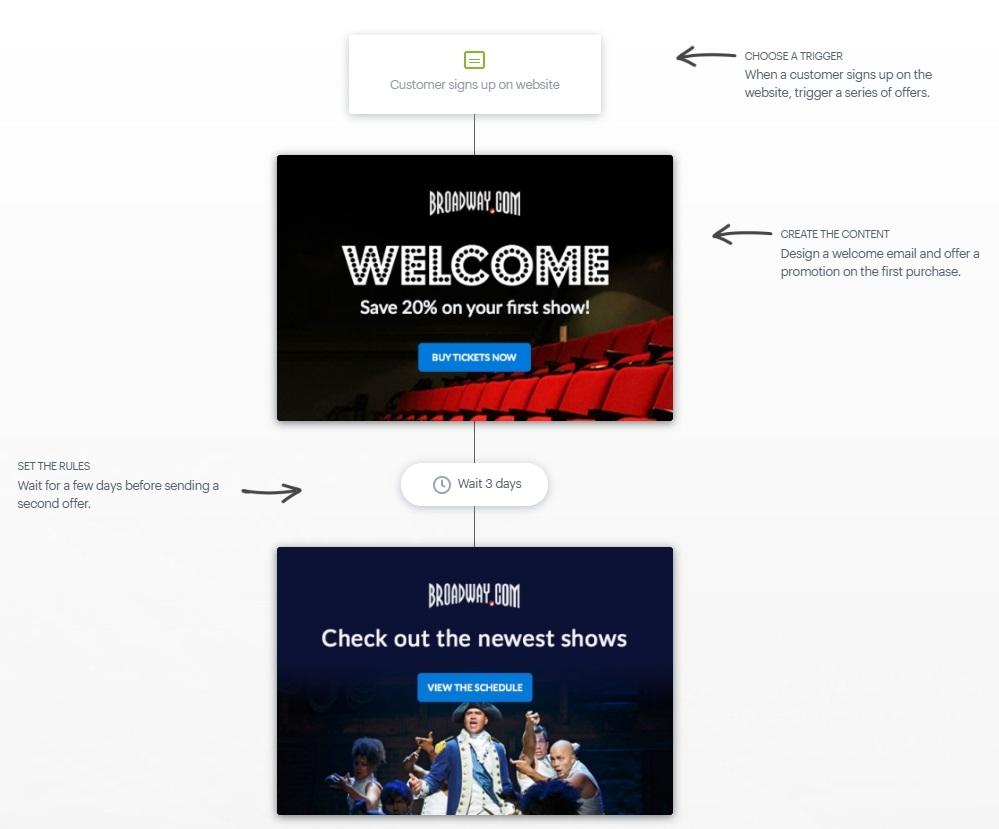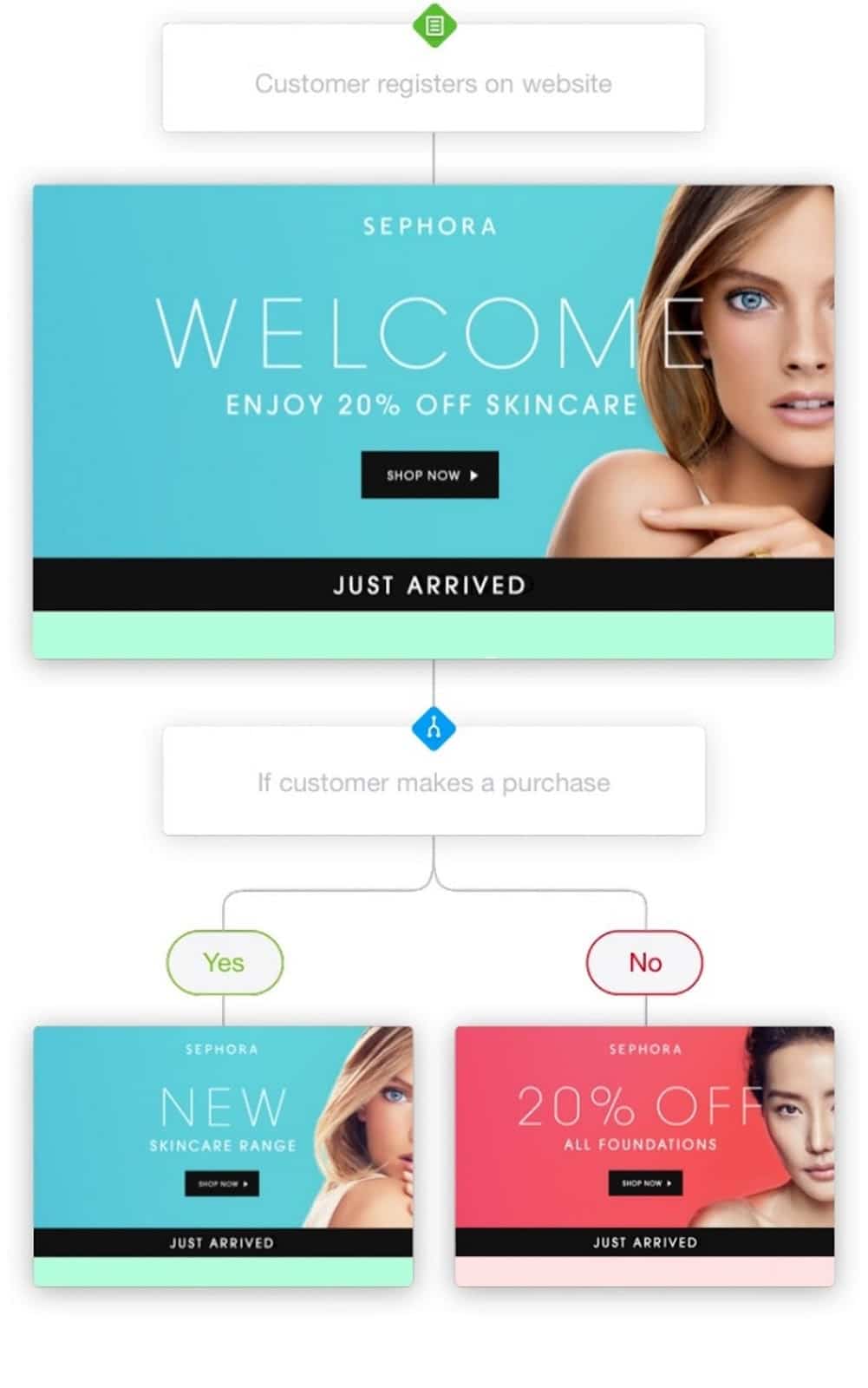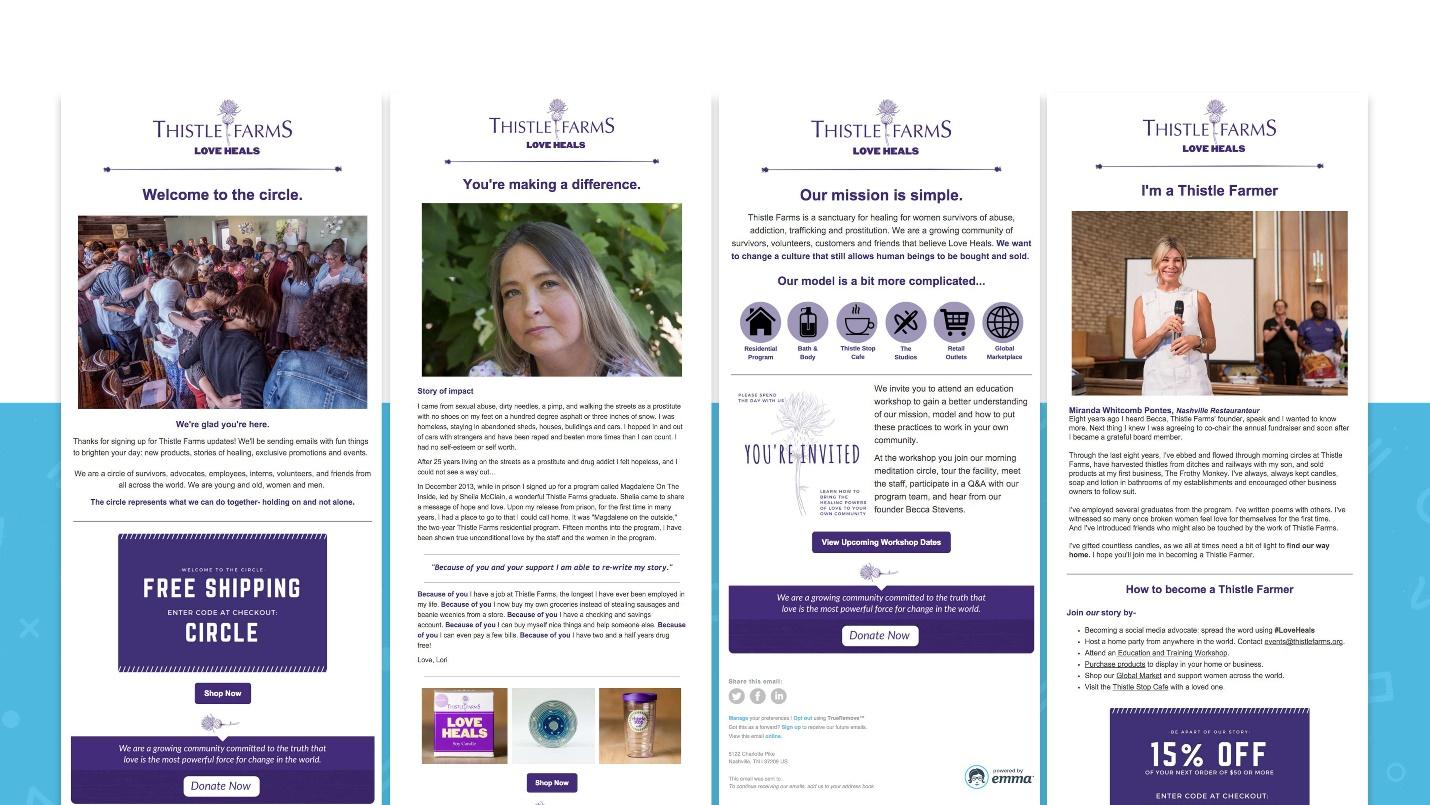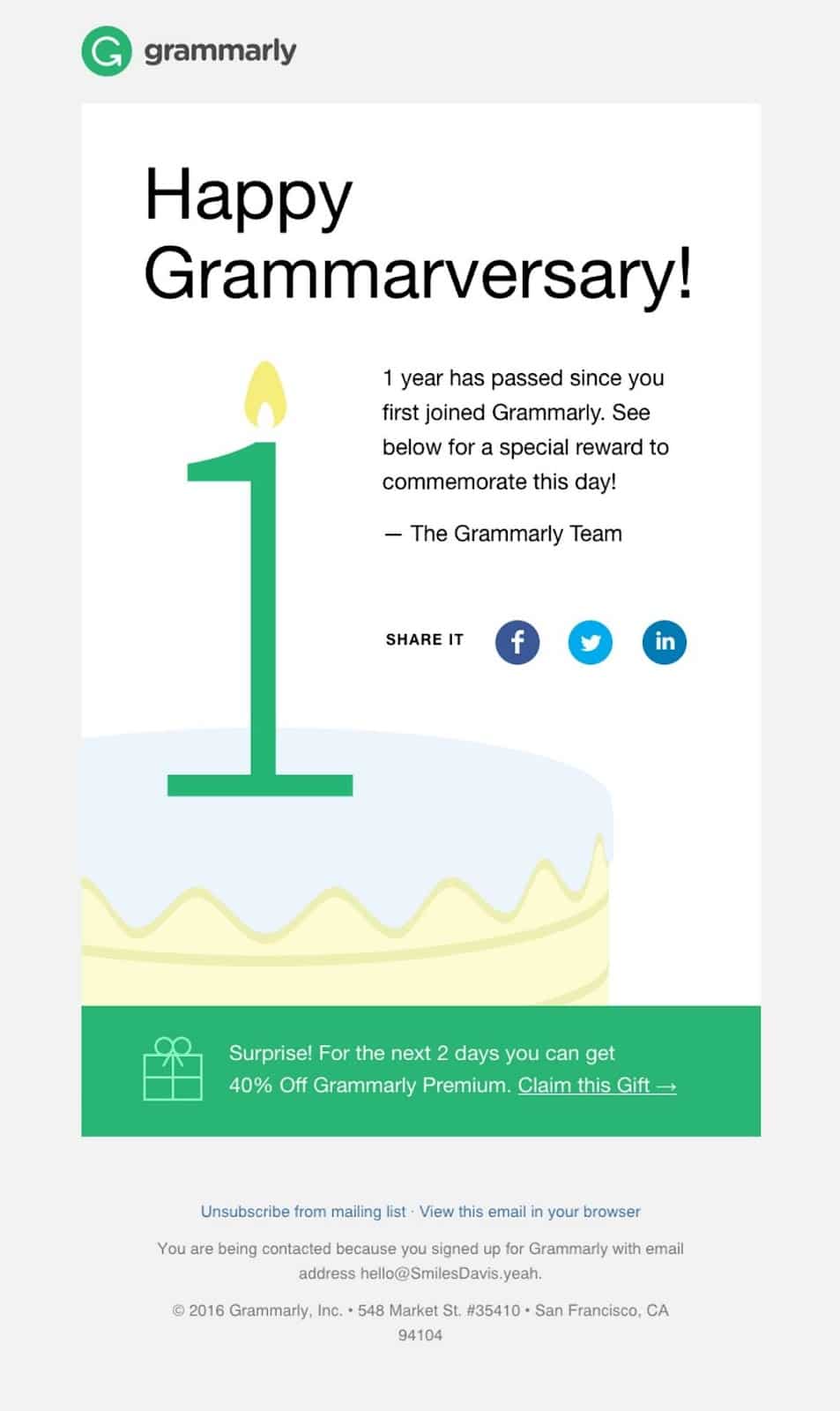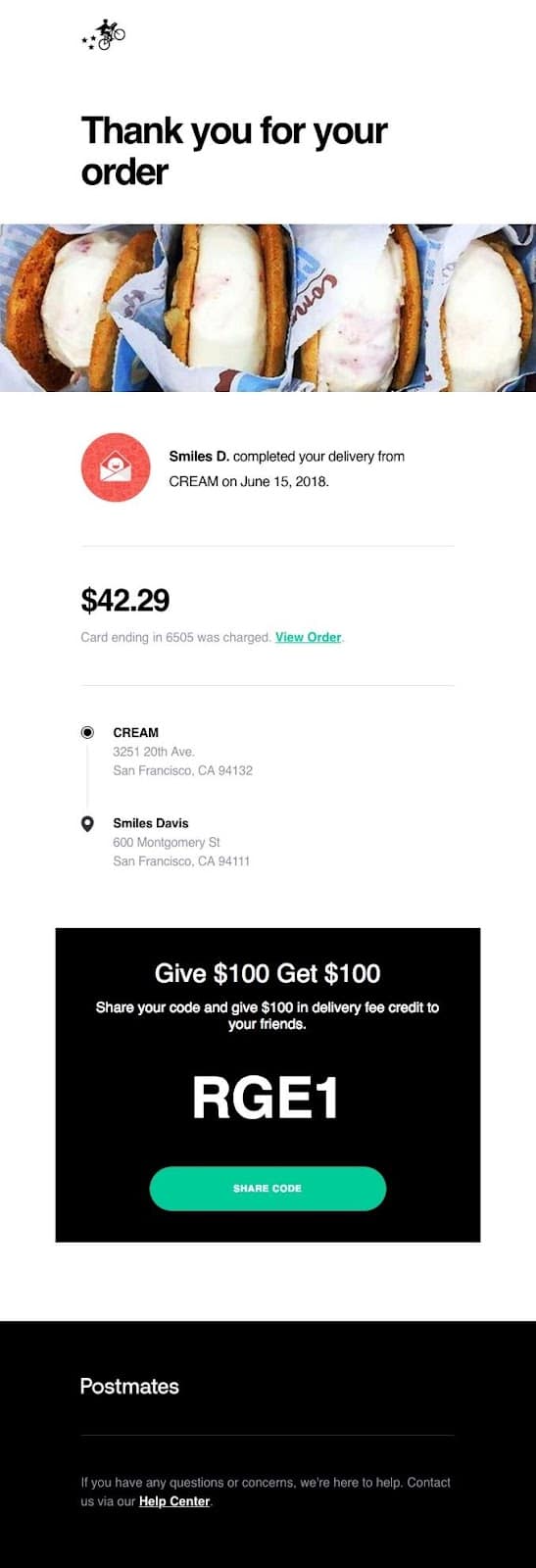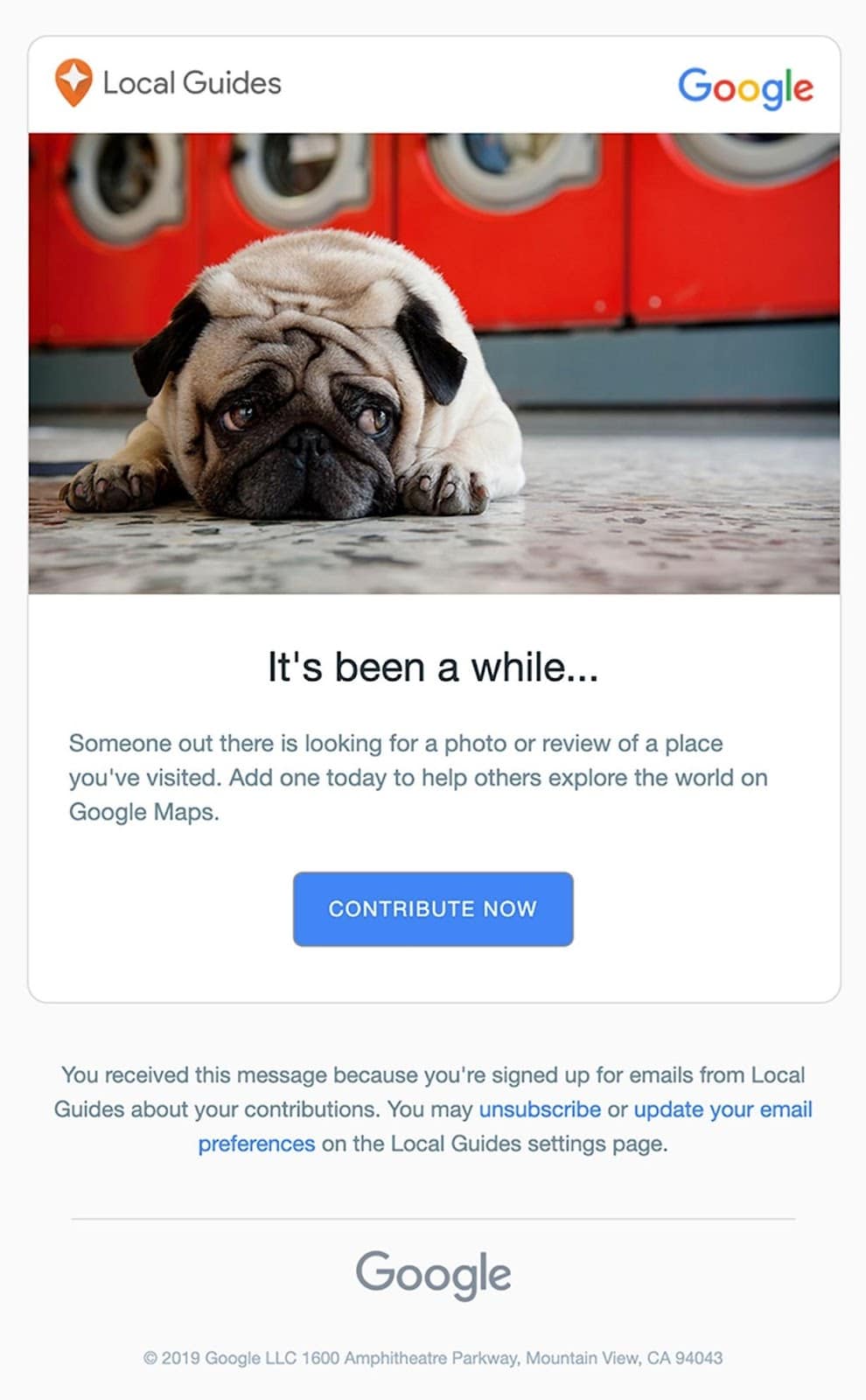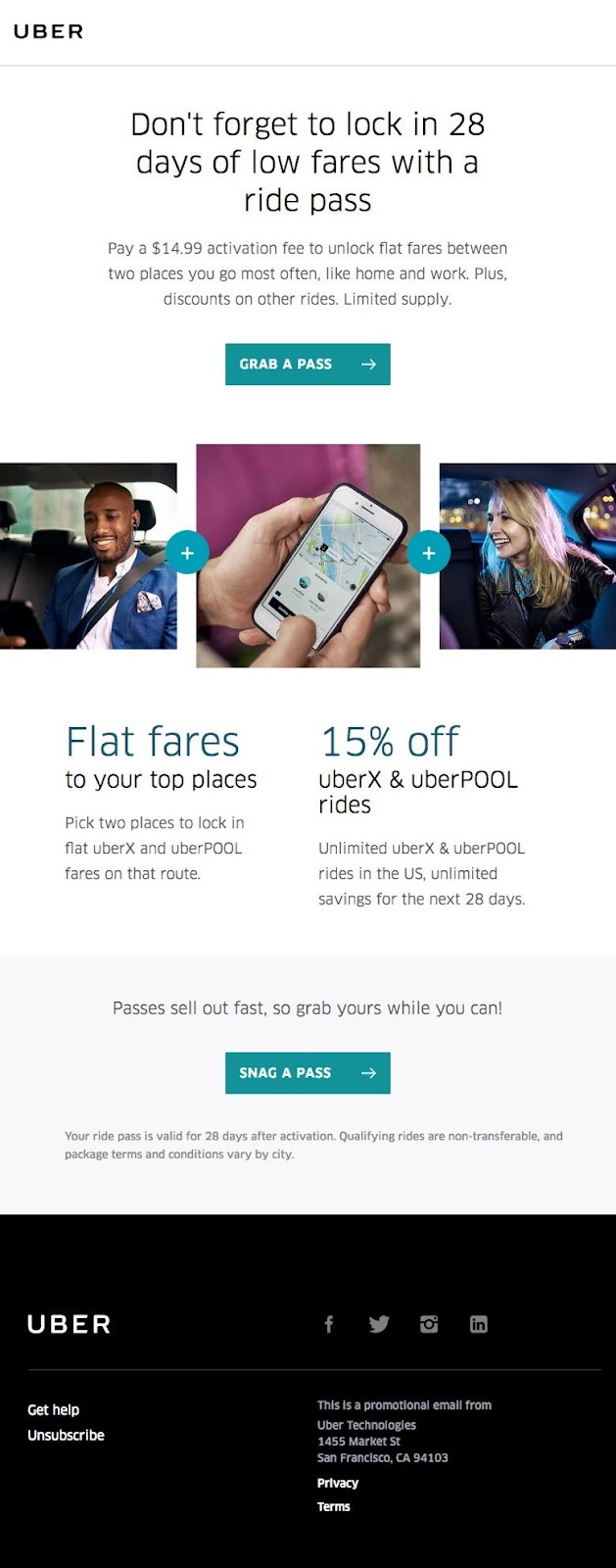How to make email automation work for you (with examples)
Email automation is everywhere – but it doesn’t always take an obvious form.
When most people think of email automation, they think of a series. While they aren’t entirely wrong, a series isn’t the only automation at work in the marketing universe.
Email automation can be implemented in dozens of ways, and each one helps simplify your team’s day-to-day processes. But for those who haven’t given automation a try, visualizing the process (and how it can help) can be difficult.
So let’s go over the basics.
What’s email automation?
Email automation – also known as email drip campaigns – is the ability to send time- or action-triggered emails with relevant information.
Setting up each workflow takes time, but once they’re done, they’ll work for you. So they’re worth the investment.
Take this example from WANDR. They wanted to set up a workflow that welcomed their new subscribers and encouraged them to check out their website.
They began with a welcome email that was sent as soon as the subscriber finished opting in. The next email in the workflow was a targeted offer timed for several days later and was based on the subscriber’s viewing history. Below you’ll see that the subscriber had browsed backpacks but never made a purchase. In the final email, sent a few days following, WANDR shared a piece of relevant content, which demonstrated their expertise.
Source: Emma
Welcome emails are some of the most common workflows marketers can take advantage of.
Another option can be seen in this email automation example from the clothing company NAU International Inc.
Source: Campaign Monitor
NAU intended to re-engage their inactive subscribers with these emails. The first is a re-engagement message for someone who hasn’t engaged with the brand in a predetermined amount of time. Should the subscriber click on the call-to-action (CTA) and make a purchase, they’ll receive a thank you email.
Why email automation works
These email automation examples only scratch the surface of possibilities.
If what we’ve discussed isn’t enough to get you excited about the idea, here are a few stats that will:
-
Automated emails get an average of 119% higher click rates than your standard email message.
-
Email automation can lead to conversion rates as high as 50% because these messages reach the right consumers at the right time with only the most relevant content.
-
Companies that automate their email workflows are 133% more likely to send content that coincides with the purchase cycle of their customers.
-
Automated welcome emails are 86% more effective than traditional email newsletters.
Setting up an automated email
Most email marketing software allows people to create customized automated emails of their own, which can be copied and used repeatedly with slightly different trigger settings.
Each software will have its own process for setting up a new workflow, but there are many similarities among them.
Source: Campaign Monitor
For those using Emma software, the process looks similar to what’s above. Our clients have access to what’s called the automation workflow builder that allows them to create new workflows and edit existing ones.
Here’s the simple step-by-step our clients follow when creating a new automated workflow:
1. Go to the automation tab and click “create a new workflow.”
2. Enter the relevant information into the form, including workflow name, the desired audience segment, and the triggered event (signup, date-based, etc.)
3. From there, you can add branches to your workflow. Add as many as you see fit. Just remember, don’t overload your subscribers, or they’ll unsubscribe – or worse, mark your messages as spam.
4 Email automation examples
Now that you’re familiar with email automation workflows, it’s time to start thinking of what you’re capable of creating. We already touched on a few email automation examples earlier, but you can never have too many in your arsenal.
Here are four email automation examples you can use to inspire your collection.
1. Welcome emails
We touched on the idea of automated welcome emails earlier. These are some of your most essential workflows to have ready to go.
Welcome emails can take on several different forms depending on the industry. The example below is from a retail welcome series.
Source: Campaign Monitor
Makeup brand Sephora says hello to their new subscribers with a 20% off gift. If the subscriber clicks the CTA and then purchases, they will trigger a follow-up email about new arrivals that may interest them. If they don’t make a purchase, a reminder email will be sent so they don’t forget about their gift.
In this next example, we see a slightly different approach – thanks to the fact that Thistle Farms is a nonprofit brand.
Source: Emma
This series is strictly triggered based on a custom API event workflow, and is spread out over the course of several days. That way they could welcome their new subscribers, tell them a bit about their brand, and offer them something for signing up.
2. Date-based emails
Date-based automated emails vary, but they typically celebrate a birthday or opt-in anniversary.
A great example of date-based email automation is this one by Grammarly, who sends out emails based on a customer’s join date.
Source: Really Good Emails
3. Thank you emails
You can say “thank you” to your customers or subscribers for many reasons:
-
An order confirmation
-
Attendance/participation at an event
-
Signing up for notifications
-
Updating your email preferences
In the case of this example from Postmates, they thanked their client for ordering food.
Source: Really Good Emails
Again, you aren’t limited when it comes to thank you email automation. Below, Readdle is thanking their customers for a wonderful year of productivity.
Source: Really Good Emails
4. Re-engagement emails
We touched on the idea of re-engagement emails earlier – but because they play such a vital role in an email marketing strategy, we thought we’d include a few more examples.
Below, Google is attempting to win back an inactive contributor.
Source: Really Good Emails
In this case, they’re appealing to their reader’s emotions by saying “we miss you” and using a photo of a sad puppy.
Another way to re-engage inactive subscribers could be through a special gift – this encourages them to make a purchase. If they don’t respond to that email, follow up a few days later reminding them of their gift.
Source: Really Good Emails
While incentives are definitely a great way to encourage engagement, you want to limit your email automation workflows so you don’t come off needy – or even spammy.
Wrap up
Hopefully these email automation examples have helped demonstrate how helpful the process can be. Remember: The idea isn’t to complicate your day – automation should help simplify things.
If you aren’t sure where to start with email automation, consider one of the following:
-
Welcome email automation
-
Date-based email automation
-
Thank you email automation
-
Re-engagement email automation
Ready to give email automation a go? Schedule your live demo with Emma today.
MOST RECENT ARTICLES
Want to engage your audience and grow your brand? Try Emma's robust easy-to-use product today.

